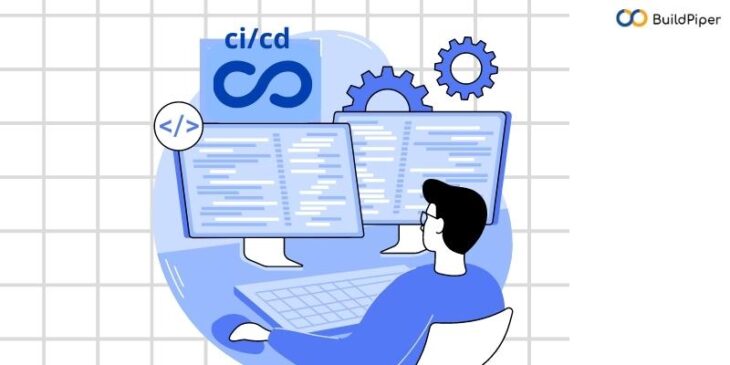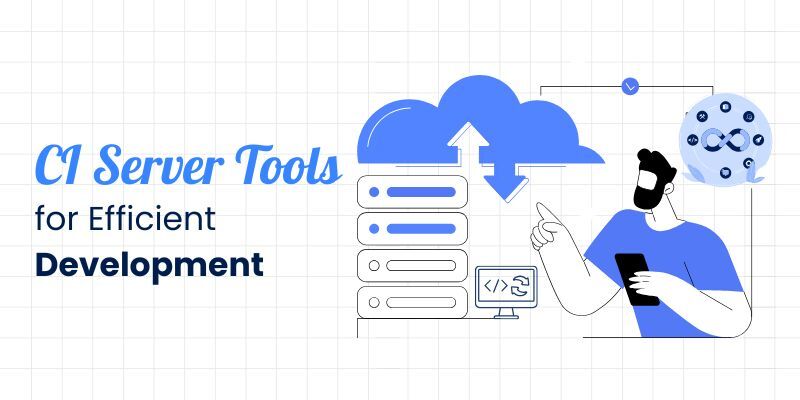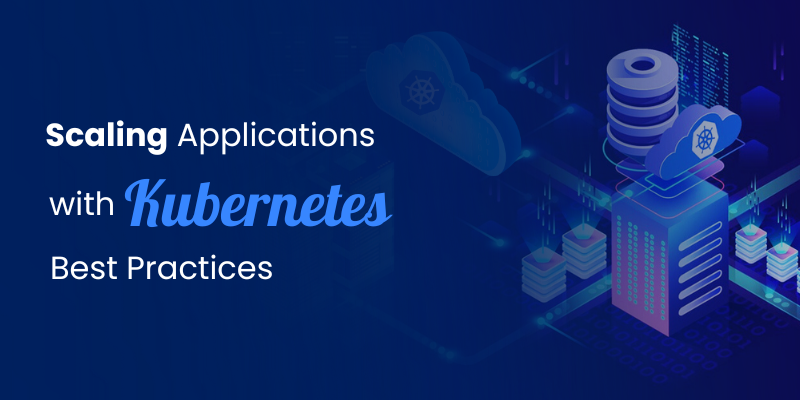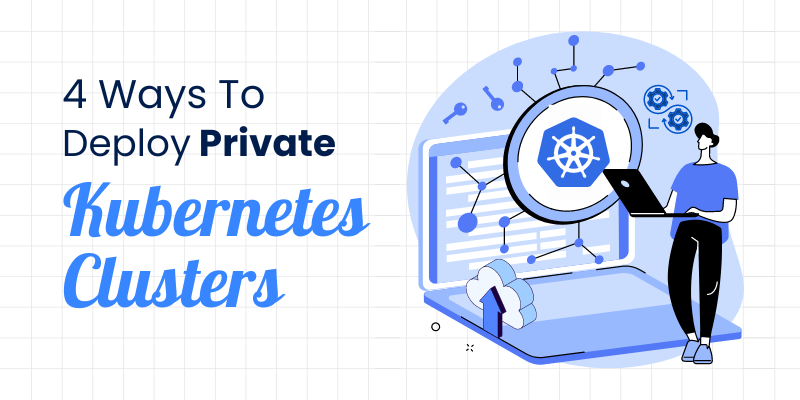
The adoption of Continuous Integration and Continuous Delivery (CI/CD) practices has revolutionized how software is built, tested and deployed. CI/CD strategy has become the driving force behind the rapid delivery of high-quality applications, enabling businesses to respond swiftly to user demands and market changes. At the heart of this transformative process lies “Continuous Testing” – an indispensable practice that ensures the code is continuously validated and verified throughout the development lifecycle.
Here, in this blog, we’ll explore the exciting future of Continuous Testing within the CI/CD paradigm and its benefits that have made Continuous Testing an integral part of CI/CD implementation. As technological advancements continue to reshape the software industry, the role of Continuous Testing has never been more crucial. By catching bugs early, validating code changes automatically and enhancing collaboration between teams, it’s not just an enabler of continuous delivery but a key driver of improved software quality.
What is Continuous Testing?
Continuous Testing is a software testing approach that focuses on automating the testing process throughout the entire software development lifecycle. It is an integral part of the broader concept of Continuous Integration and Continuous Delivery (CI/CD) in the Agile and DevOps methodologies. The main goal of continuous testing is to provide rapid and frequent feedback on the quality of the software being developed, ensuring that defects are caught early and can be fixed promptly. Key characteristics and principles of Continuous Testing include:
- Automation: Continuous Testing heavily relies on automated testing tools and frameworks to execute test cases and validate the software’s functionality, performance and security.
- Integration with CI/CD Pipelines: Continuous Testing is seamlessly integrated into the CI/CD pipeline, enabling automatic testing at various stages of the development process, such as code commits, builds and deployments.
- Early Feedback: By running tests continuously, developers and testers receive immediate feedback on the impact of code changes, allowing them to identify and address issues early in the development cycle.
- Comprehensive Test Coverage: Continuous Testing aims to cover a wide range of test automation, including unit tests, integration tests, functional tests, performance tests and security tests.
- Agile Test Management: Continuous Testing practices embrace agility in test management, enabling quick adaptability to changing requirements and faster test automation, test case creation and maintenance.
- Shift-left Testing: The concept of “shift-left testing” is central to Continuous Testing, where testing activities start early in the development process, even during code writing, rather than waiting until the end.
- Continuous Feedback Loop: Continuous Testing establishes a continuous feedback loop between developers, testers and other stakeholders, fostering collaboration and improving software quality.
- Continuous Monitoring and Reporting: Continuous Testing generates real-time test results and reports. This enables teams to monitor the software’s health continuously and take necessary actions based on the test outcomes.
By implementing Continuous Testing practices, organizations can significantly improve their software development processes. They can accelerate time-to-market and deliver high-quality software products with fewer defects and higher customer satisfaction.
[Good Read: The Art of CI/CD Optimization: Mastering Techniques for Workflow Efficiency!]
Benefits of Continuous Testing
Continuous testing is a software development practice that involves testing early, frequently and automatically throughout the development process. This approach brings numerous benefits to the development and testing lifecycle, enhancing the overall software quality and development efficiency. Some of the key benefits of continuous testing include:
- Early Defect Detection: Continuous testing allows for the identification of defects and issues in the codebase early in the development process. This reduces the cost of fixing bugs and improves the overall software quality.
- Faster Feedback Loop: Automated testing enables rapid feedback on code changes, facilitating a faster development cycle. Developers can quickly identify and resolve issues before they become more complex and time-consuming to fix.
- Increased Test Coverage: By running automated tests continuously, a broader range of test scenarios can be covered. This helps ensure that all critical aspects of the software are thoroughly tested, reducing the risk of undiscovered defects.
- Continuous Integration Support: Continuous testing is closely aligned with continuous integration (CI) practices. Automated tests can be integrated into the CI pipeline, allowing developers to validate their code changes automatically before merging them into the main codebase.
- Improved Developer Productivity: Continuous testing minimizes the time spent on manual testing. This allows developers to focus more on writing code and implementing new features. This, in turn, boosts overall productivity and accelerates the development process.
- Enhanced Collaboration: Continuous testing encourages collaboration between developers, testers and other stakeholders. With automated tests providing constant feedback, teams can work together more effectively and address issues promptly.
- Risk Reduction: By continuously testing the application during development, potential risks are mitigated early on. This results in a more stable and reliable product, reducing the likelihood of major failures or security vulnerabilities in production.
- Scalability and Maintainability: Automated tests can be easily scaled to handle large and complex applications. As the software evolves, tests can be maintained and extended efficiently, ensuring continuous quality assurance.
- Continuous Delivery and Deployment: Continuous testing is a critical component of a successful continuous delivery & deployment pipeline and Agile & DevOps methodologies. It enables organizations to release software more frequently, reliably and with confidence.
- Cost-Effectiveness: Continuous testing helps optimize testing efforts and reduces the need for manual testing, which can be time-consuming and resource-intensive. As a result, organizations can achieve cost savings while maintaining high-quality software.
Continuous testing fosters a culture of quality and agility within development teams, leading to better products, improved customer satisfaction and a more competitive edge in the market.
Wrapping it ALL
As we traverse the ever-evolving landscape of software development, the future of Continuous Testing in the CI/CD pipeline shines brightly as a beacon of progress and innovation. Embracing the power of automation, collaboration and early testing, organizations can now break free from the shackles of traditional testing methodologies.
The synergy of Continuous Testing and CI/CD strategy not only ensures faster time-to-market but also guarantees enhanced software quality, increased efficiency, and a remarkable user experience. By nurturing a culture of continuous improvement and adapting to the latest tools and practices, businesses can stay at the forefront of technology and maintain a competitive edge.



